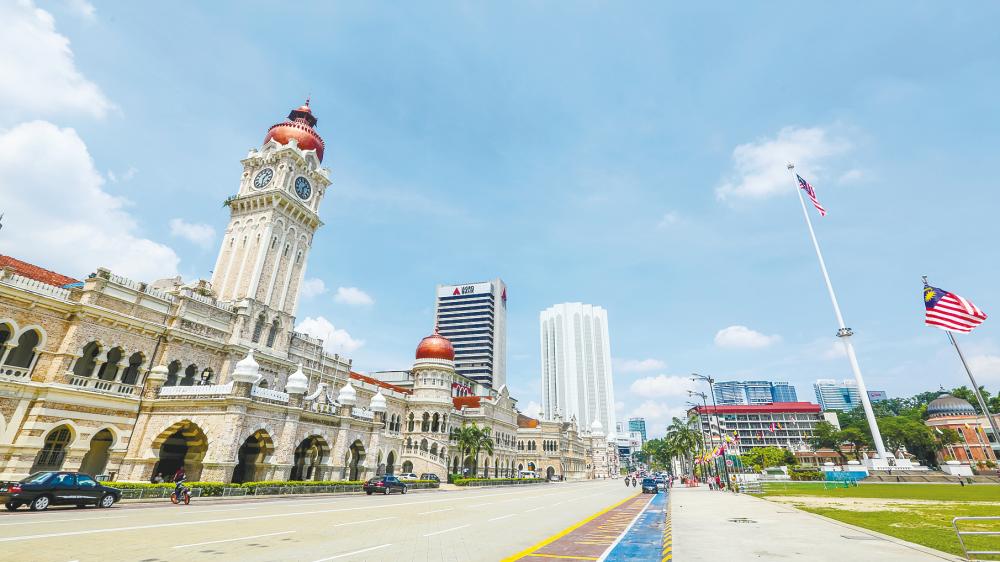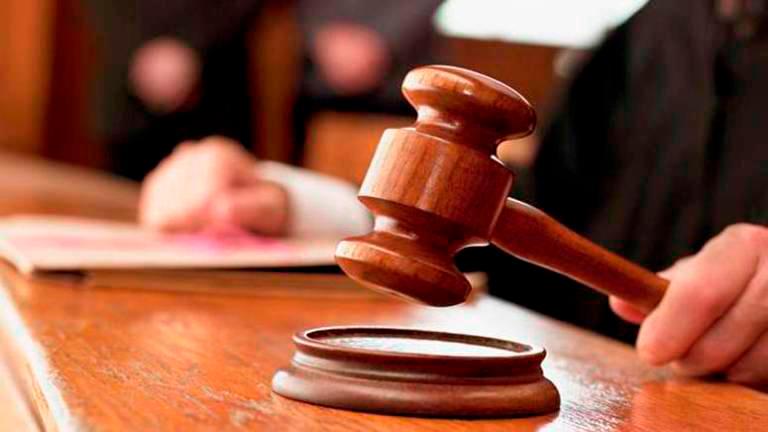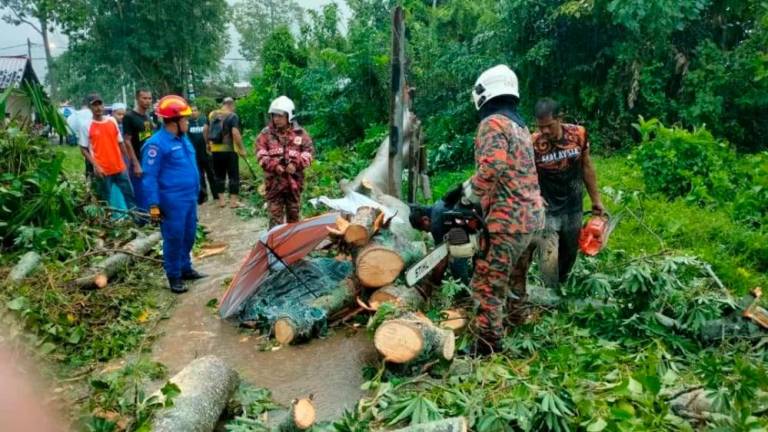THE last time I visited Dataran Merdeka, I was surrounded by thousands of yellow-clad protestors at a weekend-long rally calling for a new Malaysia.
Thinking back, I’ve not returned to one of the most iconic landmarks in our nation’s capital since 2015. This is a far cry from my days as a college student away from my hometown for the first time, when I would unfailingly spend my weekends exploring the city with my classmates.
But over the years, there were few reasons for me to visit KL on a whim as I used to unless it was for work or to show a visiting overseas friend around.
On those occasions, I would find myself frantically Googling for “the best places to eat in KL” or “top historical sites in KL”. I find myself clueless about the finer points of its history. I suppose that living in the Klang Valley has made me take KL for granted.
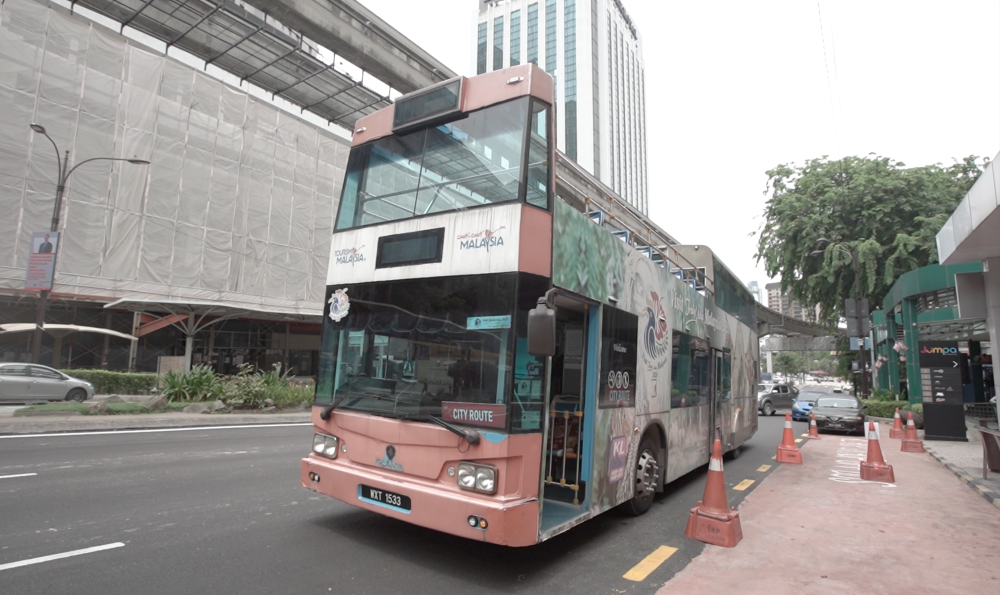
But recently, thanks to an invite by The ANSA Hotel Kuala Lumpur, my colleagues and I were able to revisit many iconic places in KL via the KL Hop On Hop Off bus service, and for the first time in years, I was able to really take in the sights.
We took the aptly-named City Route, intending to stop at the two most popular spots, the omnipresent KL Tower and KLCC Twin Towers, for photographs.
I was struck by the realisation that most people only ever see the city in parts, never as a whole. And depending upon which areas of the city they frequent, no two people will ever have the same impression of KL.
From old to new
Kuala Lumpur was founded in the mid-19th century, and some parts have developed faster than others.
Certain areas of the city have added new buildings, tourist attractions, roads and public transportation lines, while other parts have remained largely-untouched since pre-Merdeka times.
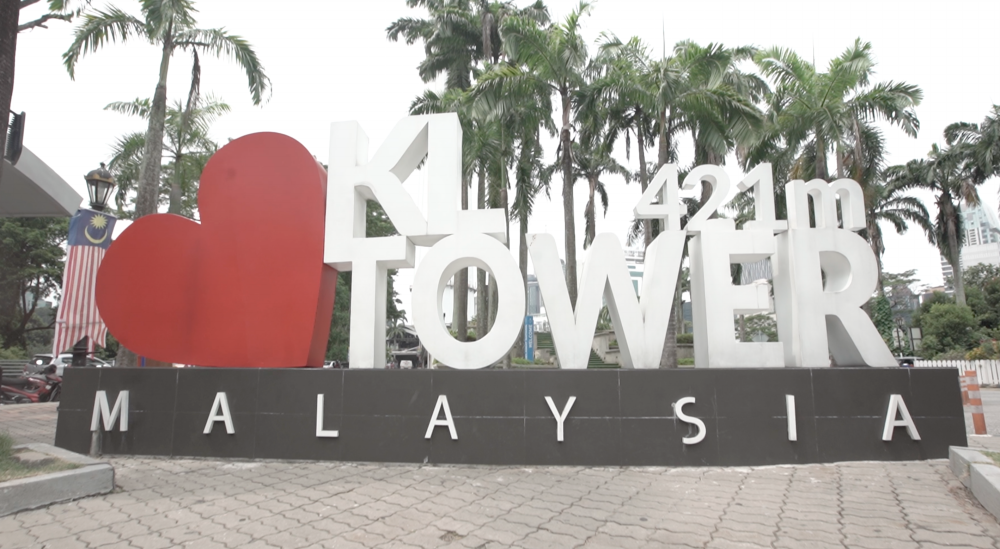
This includes “old KL”, areas of the city built around temples or historical buildings that have managed to endure the test of time.
I found myself fascinated by the sheer amount of construction taking place throughout our journey. There always seemed to be something going on, whether it was a road-widening exercise, or the construction of an entirely new skyscraper. KL is still changing, right before our very eyes.
The bus swung us in a wide loop around the city, starting with a nostalgic ride through Jalan Raja Laut – which is filled with toy shops, oddly – one of the oldest areas of KL, with buildings that date from the pre-war era.
It took us past other recognisable landmarks like the Putra World Trade Centre, the National Art Gallery and Istana Budaya, before bringing us to KLCC (bus stop number 5) for the must-have Twin Towers shot. And that is one skyscraper that never fails to impress, no matter how many times you see it. So is the KL Tower (bus stop number 7).
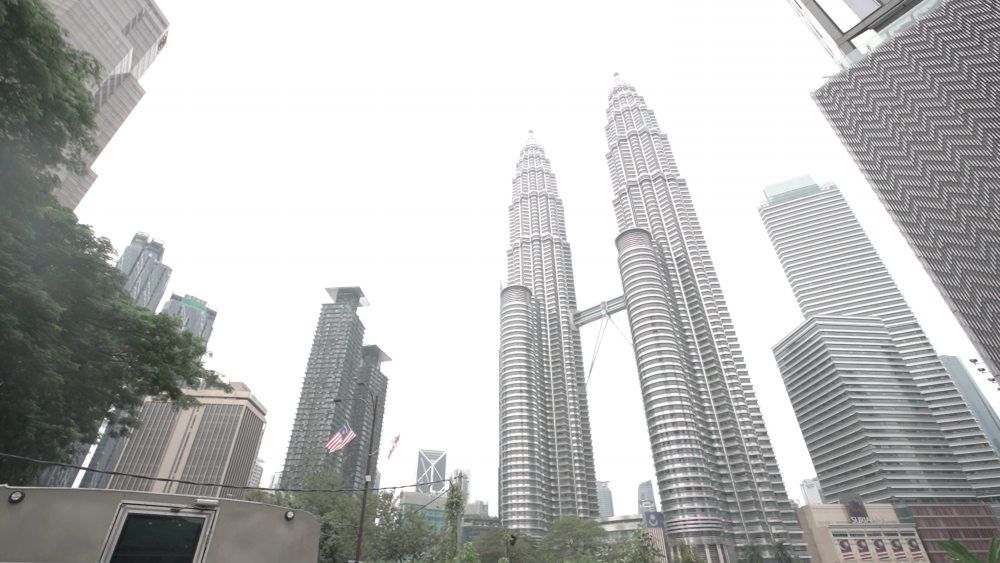
Sitting atop the bus on our relatively slow ride around the city centre allowed us a better view of the numerous heritage areas that would appeal to history buffs as well as tourists.
In fact, the Chinatown stop (bus stop number 12) is the best place to alight for some actual exploration. Aside from the obvious (and delightful) tourist trap that is Petaling Street, there are numerous treasures for the city traveller.
The (old) Hindu and Chinese temples around the area – Sin Sze Ya, Guan Di and Sri Mariamman – are highly Instagrammable locales while newer attractions like the recently restored Kwai Chai Hong, and various antique stores interspersed with heritage buildings, kopitiams and hipster cafes are all within easy walking distance.
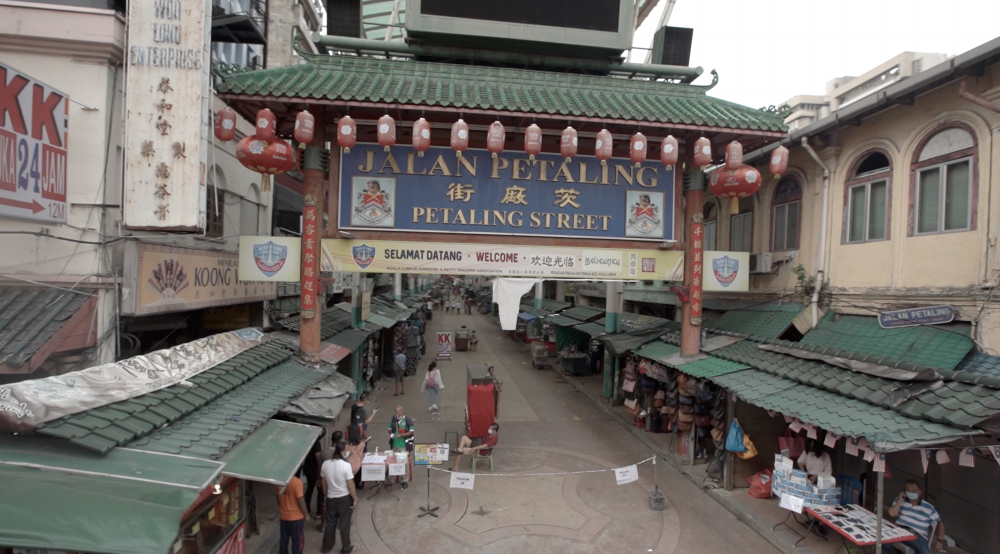
For those feeling particularly adventurous, they can walk along Jalan Tun Perak towards other iconic historical landmarks such as Masjid Jamek, located at the confluence of the two rivers that give the city its name, the Sultan Abdul Samad Building, and Dataran Merdeka.
You can also take the KL Hop On Hop Off’s Garden Route directly there (bus stop number 22), after switching buses at the Bukit Bintang Interchange.
Those taking the Garden Route would see an entirely different side of the city, as the route cuts through Little India in Brickfields as well as KL’s green areas including the Botanical Gardens, Butterfly and Bird Park, and even Kampung Baru, the city’s last traditional Malay village.
Although we only had time to see one route, rather than mourn the loss of opportunity, we actually felt as though we had something to look forward to, because it’s clear that the parts of the city that are worth keeping will still be there waiting for us, while the parts that are still evolving will be ready by the time we return.
If you want to see a new side of Kuala Lumpur for yourself, The ANSA Hotel Kuala Lumpur is offering a City Gateway Package which includes room and Hop-On Hop-Off tickets ( 2 Adults + 2 Children).



